Optimal Timing for Pest Control Services

Spring sees increased pest activity as temperatures rise, making it an ideal time for pest control treatments.
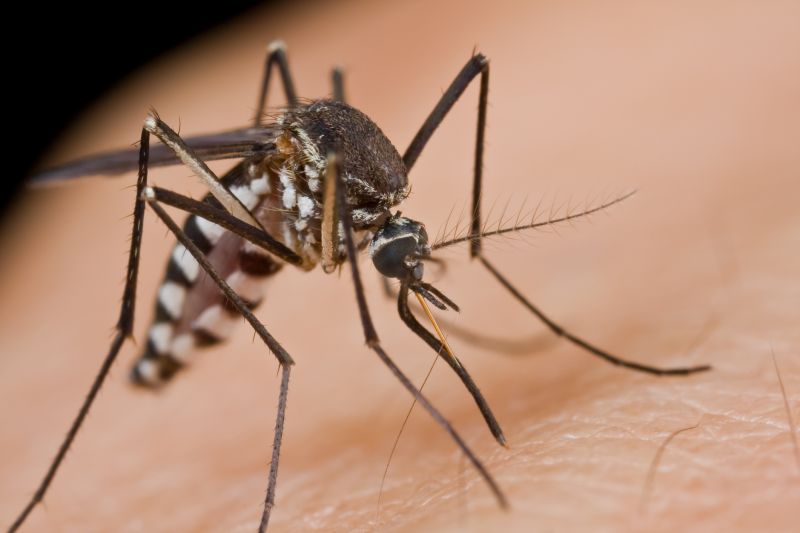
Summer months often experience pest surges, especially with insects like mosquitoes and ants, requiring proactive control measures.
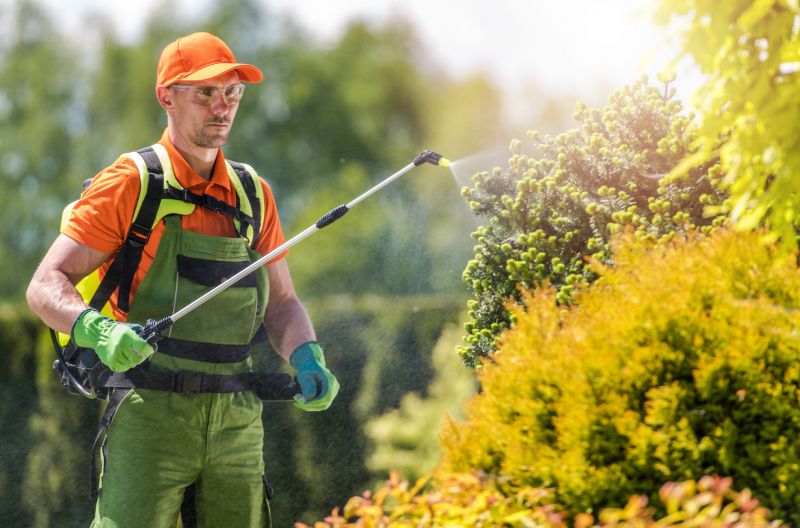
Fall is suitable for preventative pest control to reduce the likelihood of pests seeking shelter during colder months.

Ways to make Pest Control Service work in tight or awkward layouts.
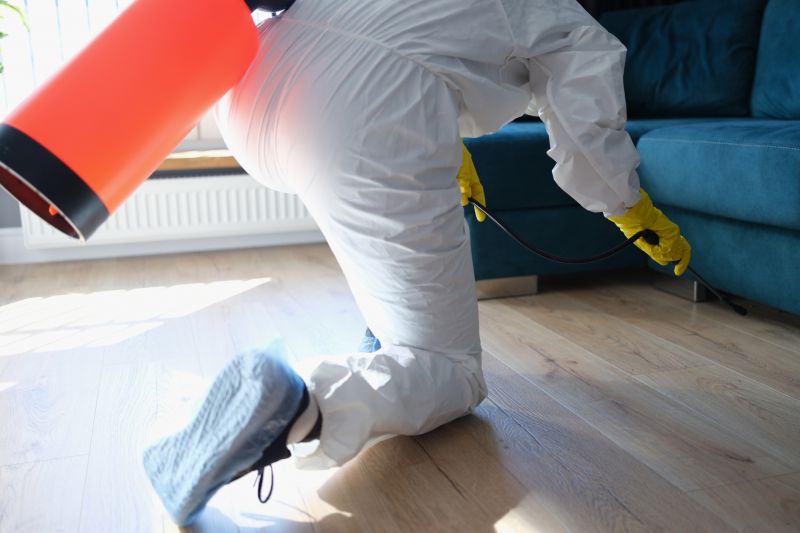
Popular materials for Pest Control Service and why they hold up over time.
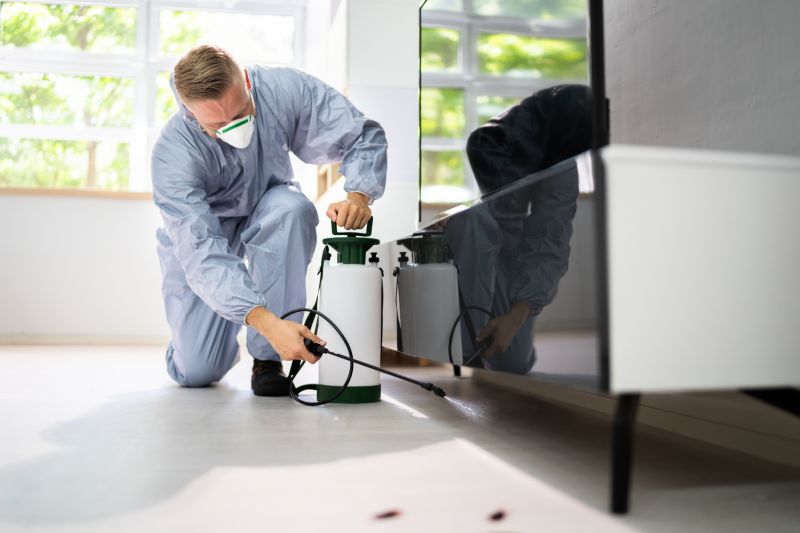
Simple add-ons that improve Pest Control Service without blowing the budget.

High-end options that actually feel worth it for Pest Control Service.
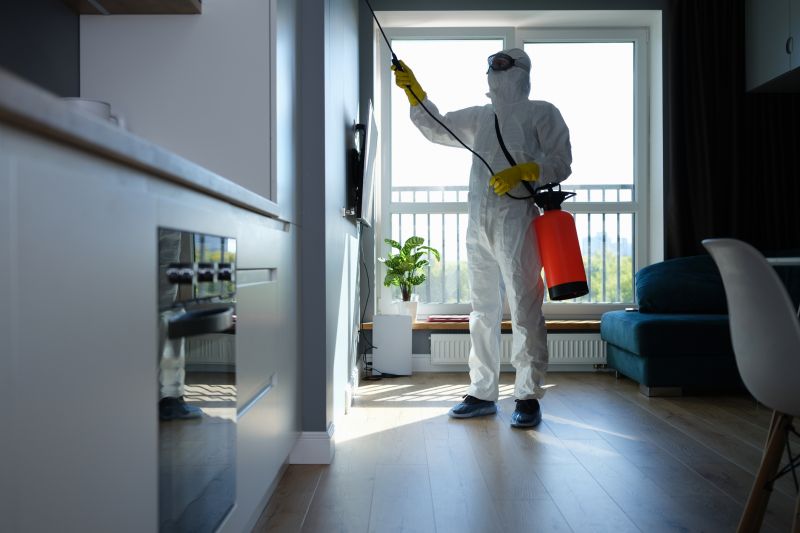
Finishes and colors that play nicely with Pest Control Service.
Pest control services are most effective when timed according to pest life cycles and seasonal activity. Early intervention can prevent infestations from establishing, reducing long-term issues and potential property damage. Regular pest control applications, especially before peak activity seasons, can help maintain a pest-free environment.
Statistics indicate that pest populations tend to increase during specific times of the year. For example, termite activity peaks during warm, humid months, while rodent activity escalates as temperatures drop. Proper timing ensures treatments target pests when they are most vulnerable, improving effectiveness and reducing the need for repeated applications.
Aligning pest control with seasonal patterns maximizes effectiveness and minimizes pest-related issues.
Applying treatments before pest populations grow helps prevent infestations and property damage.
Regular inspections and treatments during key times ensure pests are kept under control.
Weather patterns influence pest activity, guiding optimal treatment scheduling.
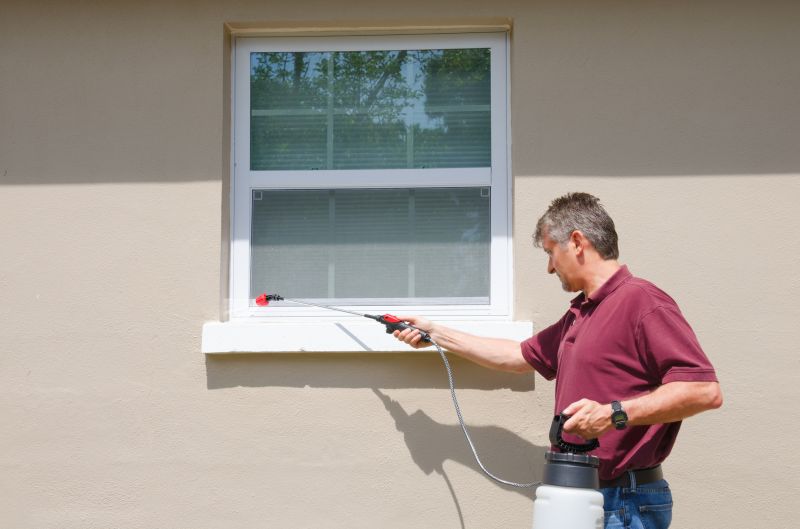
Spring treatments target emerging pests before populations expand.
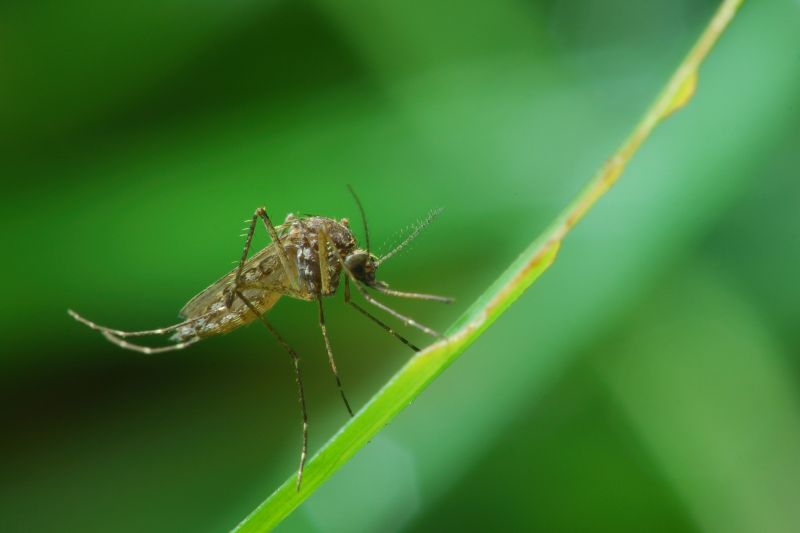
Summer treatments focus on high-activity pests like mosquitoes and ants.

Fall applications help prevent pests from seeking indoor shelter.
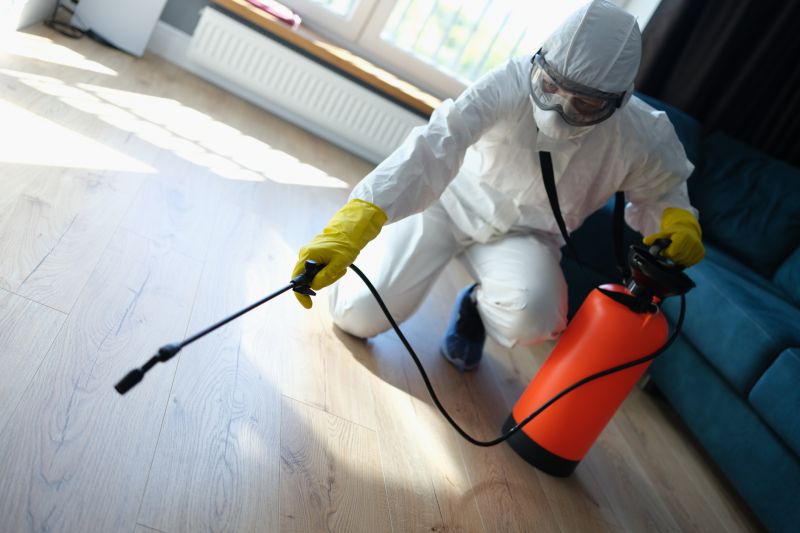
Winter treatments often focus on rodents and winter-active pests.
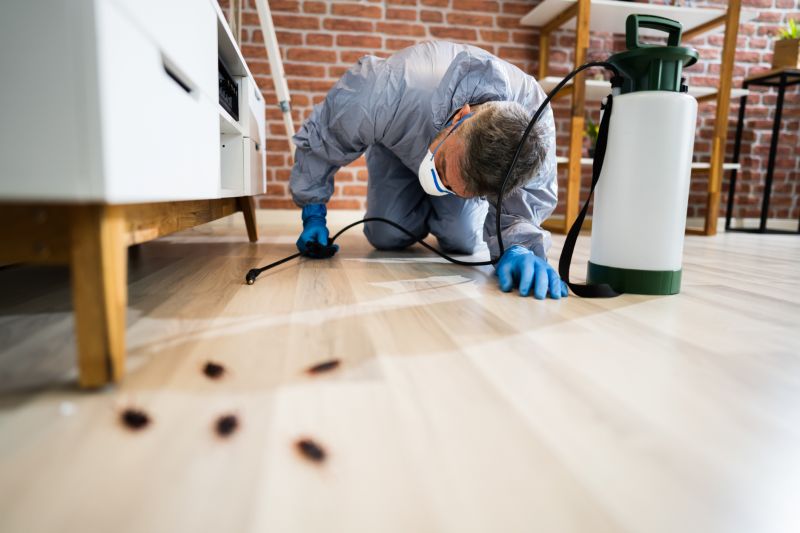
Little measurements that prevent headaches on Pest Control Service day.
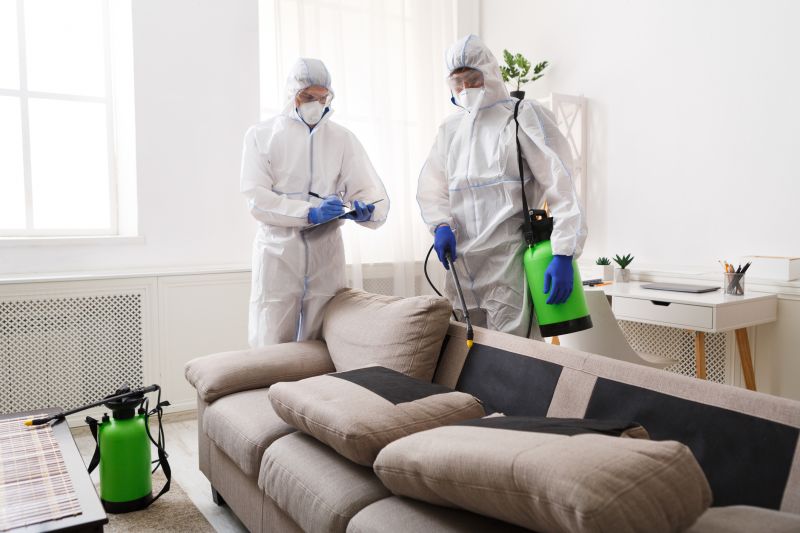
A 60-second routine that keeps Pest Control Service looking new.
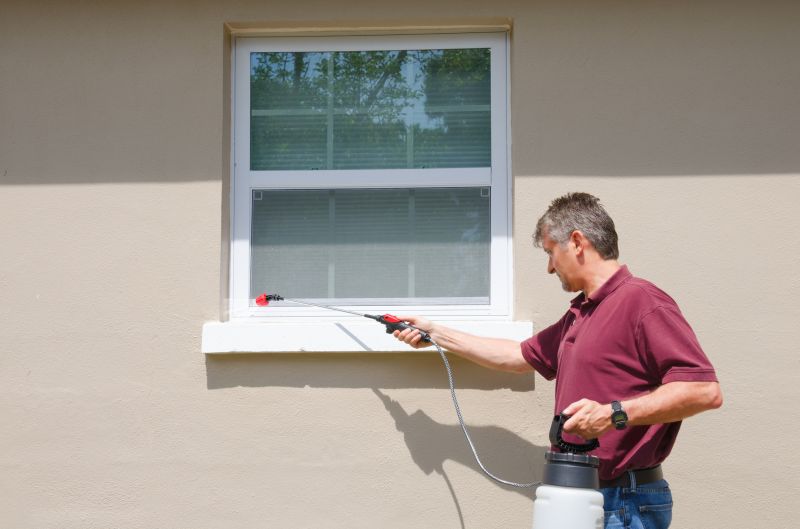
A frequent mistake in Pest Control Service and how to dodge it.
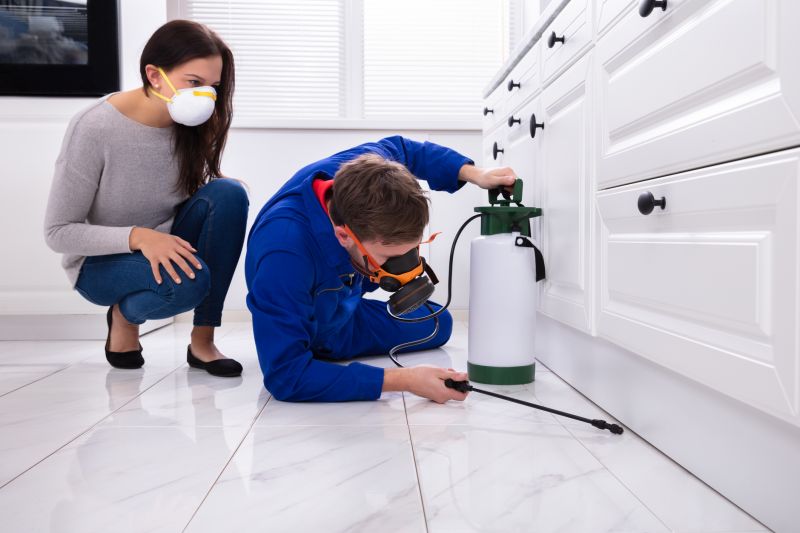
Small tweaks to make Pest Control Service safer and easier to use.
| Pest Type | Optimal Control Timing |
|---|---|
| Termites | Warm, humid months, especially spring and summer |
| Rodents | Fall and winter to prevent indoor entry |
| Mosquitoes | Late spring through summer |
| Ants | Spring and summer during colony buildup |
| Spiders | Spring and fall for habitat reduction |
| Stinging insects | Spring through late summer |
Timing pest control services to match seasonal activity ensures that treatments are most effective. Proper scheduling can reduce the likelihood of infestations, protect property, and minimize pest-related health risks. Consulting with pest control professionals can help determine the best treatment schedule based on local pest patterns.

Lower-waste or water-saving choices for Pest Control Service.
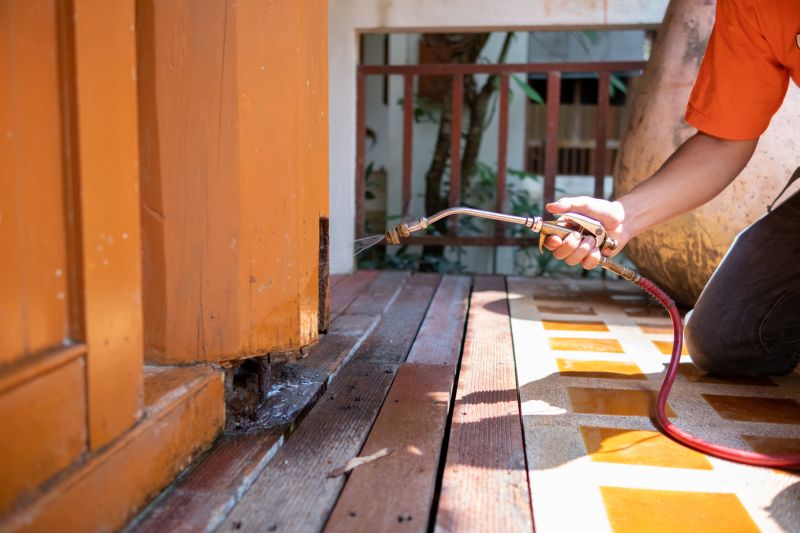
The short, realistic tool list for quality Pest Control Service.
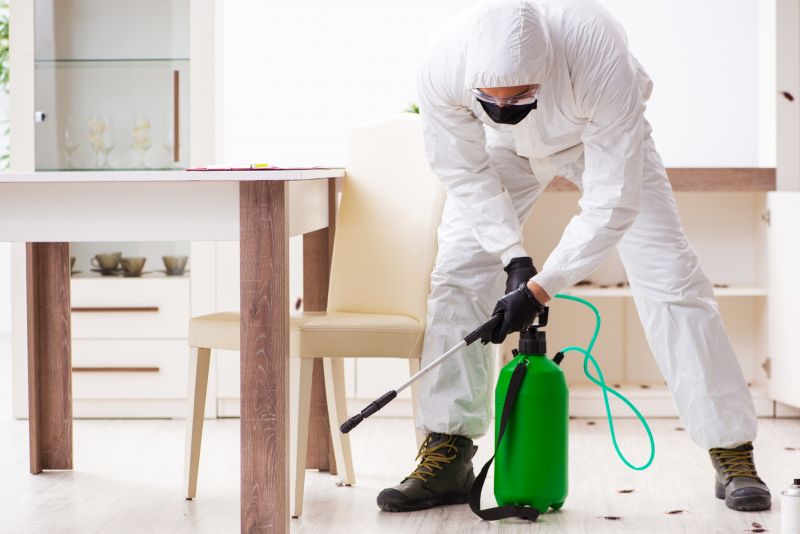
Rough timing from prep to clean-up for Pest Control Service.

Quick checks and paperwork to keep after Pest Control Service.

Examples that show the impact a good Pest Control Service can make.

Ways to make Pest Control Service work in tight or awkward layouts.

Ways to make Pest Control Service work in tight or awkward layouts.

Ways to make Pest Control Service work in tight or awkward layouts.
Effective pest management relies on understanding seasonal trends and implementing treatments accordingly. Regular inspections and timely applications help maintain a pest-free environment throughout the year. Contact professionals to develop a customized pest control schedule tailored to local pest activity patterns.



